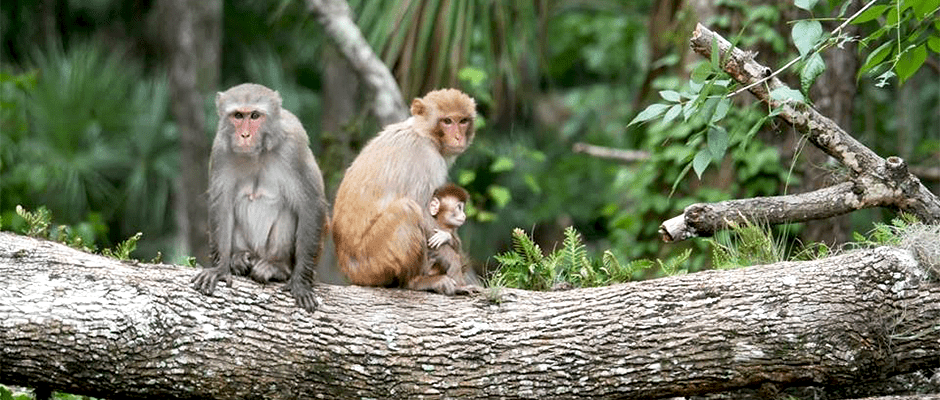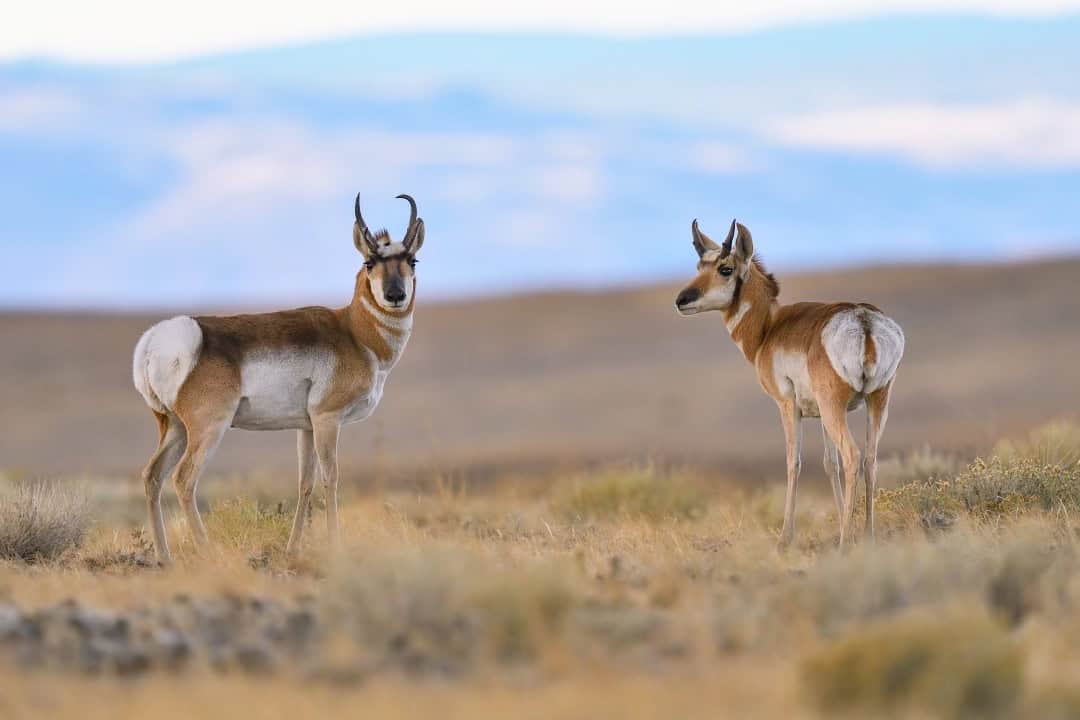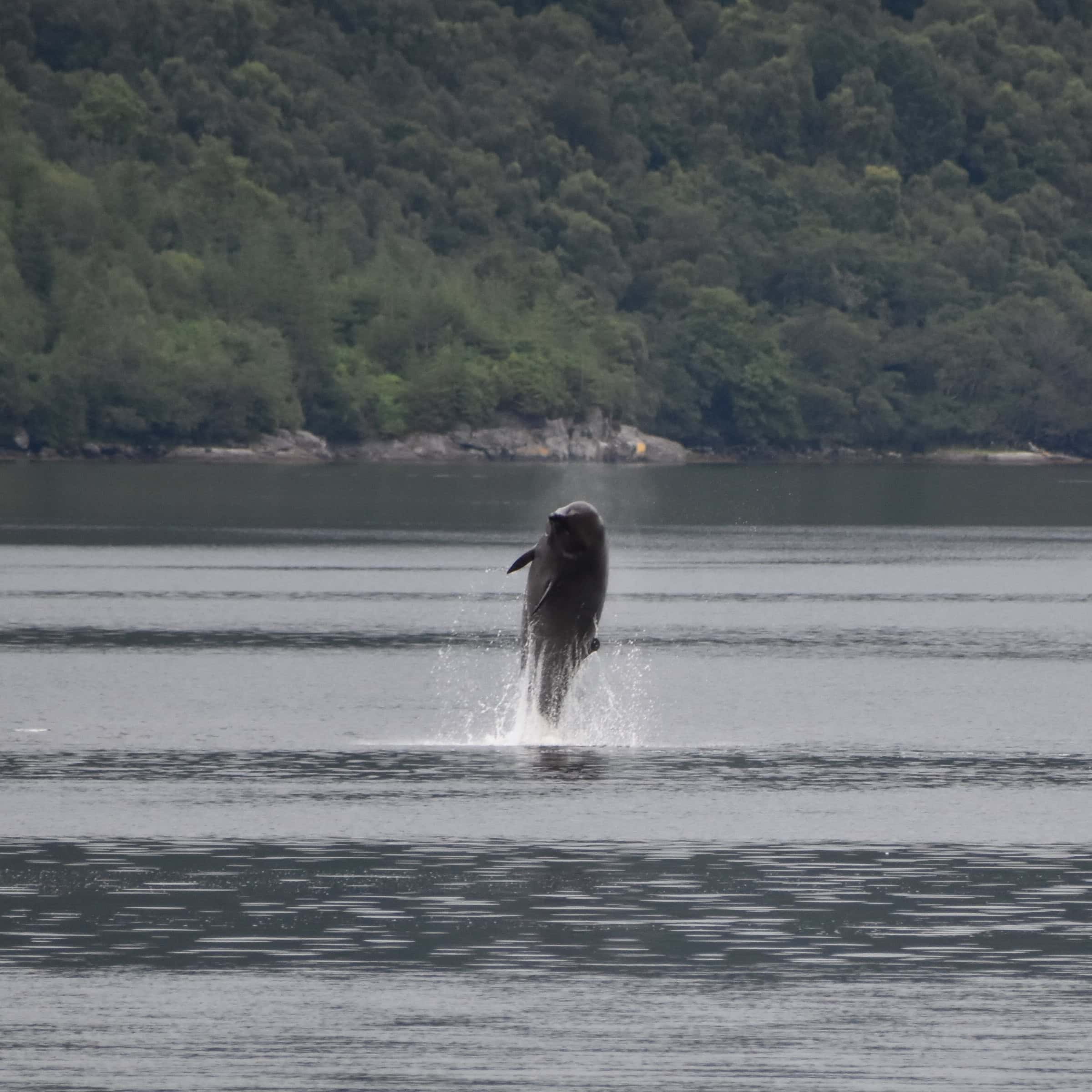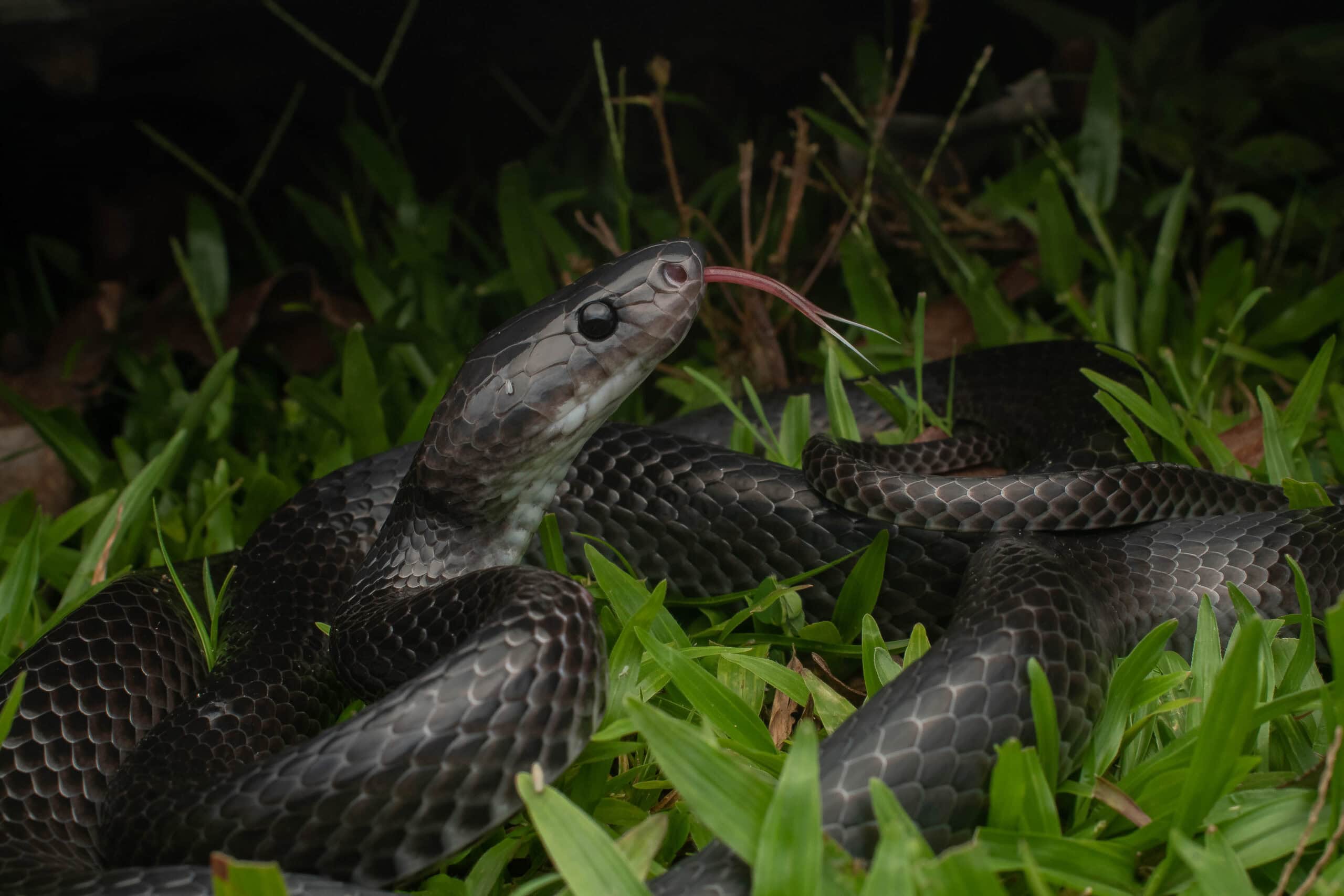Share this article
JWM: Unmanaged, nonnative macaques boom in Florida park
A population of nonnative rhesus macaques (Macaca mulatta) introduced in central Florida is set to double by 2022 unless steps are taken to reduce it, biologists found. But dealing with the monkeys, which are a draw for visitors but can be environmentally destructive, can be a tricky issue.
“They’re really charismatic and the public really likes them, so they’re really hard to manage,” said C. Jane Anderson, lead author on the study in the Journal of Wildlife Management.
The macaques in what is now Silver Springs State Park are descendants of a small population introduced some 80 years ago to the forests along the Silver River. A glass bottom boat tour operator thought they would be a big draw for tourists, so in a pair of introductions, he brought in about a dozen rhesus macaques.
“The story is, he put them on an island in the river because he didn’t know they were incredible swimmers,” said Anderson, who has conducted some of the only biological research on these macaques. “They just immediately escaped.”
And, they immediately reproduced. By the mid-’80s, the population along the river had reached nearly 400 individuals. Between 1984 and 2012, managers removed about 1,000 macaques from the area to bring down their numbers, but the effort was met with opposition. Most of the captured macaques were sold for biomedical research, Anderson said, prompting protests from animal rights groups and others. “As a result, there has been no management since then,” she said.
In an effort to see how much the numbers had changed since those 1,000 macaques were removed, Anderson attempted to gauge the population of macaques in five known social groups — some well-habituated to humans and others less so — using bait stations and camera traps. She and her team estimated the population had grown to at least 176 in 2015. Estimating an 11 percent growth rate, that population is likely to double by 2022.
Since that research, however, Anderson has discovered six more macaque social groups nearby, likely doubling her previous estimate of the current population.
“There are a lot of monkeys out there,” she said, “but it’s still, I think, a very manageable population.”
The most effective way to bring down the numbers, she found, would be by removing at least half the population of adults and subadults every two years.
How impactful the macaques are to the environment is hard to quantify, Anderson said. On Puerto Rico’s Desecheo National Wildlife Refuge, native birds largely disappeared after a population was introduced. Macaques introduced to the Florida Keys decimated acres of mangroves. In South Carolina, a population raised for scientific research was associated with a rise in e coli and fecal coliform in surrounding waterways.
“These animals are no doubt consistently having environmental impacts wherever they’re introduced,” she said.
Header Image: Rhesus macaque populations continue to rise in Florida’s Silver Springs State Park. ©C. Jane Anderson








